VWAP VS TWAP : Key Differences in Trading Strategies and When to Use Them -21 June 2025
By CapitalKeeper | Beginner’s Guide | Indian Sock Market | Market Moves That Matter
In algorithmic and institutional trading, execution strategy is just as crucial as the stock you choose. Two of the most popular execution metrics are VWAP (Volume Weighted Average Price) and TWAP (Time Weighted Average Price). They sound similar — but they behave very differently.
In this guide, we break down their core differences, use cases, calculation methods, and practical trading relevance in Indian and global markets.
🔍 What is VWAP (Volume Weighted Average Price)?
VWAP is the average price of a stock weighted by volume throughout the day. It gives traders an idea of the true average price considering both price and liquidity.
📌 VWAP Formula:
VWAP=∑(Price×Volume)∑(Volume)\text{VWAP} = \frac{\sum (\text{Price} \times \text{Volume})}{\sum (\text{Volume})}VWAP=∑(Volume)∑(Price×Volume)
🔧 Key Features:
- Changes intraday with volume patterns.
- Used as a benchmark for institutional trade execution.
- Acts as dynamic support/resistance in intraday charts.
- Helps identify whether buyers or sellers are dominating.
⏱️ What is TWAP (Time Weighted Average Price)?
TWAP is the average price of a stock over a set time interval, regardless of trading volume.
📌 TWAP Formula:
TWAP=P1+P2+…+Pnn\text{TWAP} = \frac{P_1 + P_2 + … + P_n}{n}TWAP=nP1+P2+…+Pn
Where P1P_1P1 to PnP_nPn are prices taken at evenly spaced time intervals.
🔧 Key Features:
- Best suited for executing large orders gradually without disrupting the market.
- Ignores volume, focusing purely on time-based average.
- Ideal in illiquid or volatile stocks.
🧠 VWAP vs TWAP: Key Differences
| Feature | VWAP | TWAP |
|---|---|---|
| Basis | Weighted by volume | Weighted by time intervals |
| Price Relevance | Real-time price + volume tracking | Time-sliced average of trade prices |
| Trading Use | Compare execution vs market avg | Slicing large orders into equal intervals |
| Intraday Use | Yes – Resets daily | Yes – Fixed execution window |
| Volume Impact | Sensitive to spikes in volume | Ignores volume; uniform execution |
| Support/Resistance | Often acts as real-time S/R line | Less used for charting levels |
| Algo Trading | Used to outperform market average | Used to reduce visibility/impact |
🎯 When Should You Use VWAP?
Use VWAP when:
- You’re evaluating your trade execution price vs market consensus.
- You want to buy below or sell above average market levels.
- You’re scalping or intraday trading — VWAP is a dynamic S/R level.
- You’re an institutional trader benchmarking best execution.
📈 VWAP Trading Example:
- Stock: TCS
- Intraday VWAP: ₹3,820
- Current price: ₹3,790
→ Bullish Setup: Price below VWAP = potential accumulation
→ Bearish Setup: Price rejection from VWAP = resistance zone
🎯 When Should You Use TWAP?
Use TWAP when:
- You need to execute a large order discreetly.
- You want to minimize market impact during volatile or illiquid hours.
- You’re programming passive algorithmic execution.
- You are hedging or trading in illiquid mid/small caps.
🧮 TWAP Use Case:
- Buy ₹5 Cr of a mid-cap stock without attracting attention.
- Use TWAP algo to break it into equal-sized orders every 5 mins from 10:00 to 12:00.
- This avoids pushing the stock price up with a sudden large order.
🛠️ Charting Tips
- VWAP is available as an overlay on most platforms (e.g., TradingView, Zerodha).
- TWAP is rarely used visually — it’s an execution strategy, often coded into brokers’ APIs or algo tools.
- Combine VWAP with RSI or MACD for intraday confirmation.
- Use price vs VWAP divergence for volume-based breakout alerts.
⚠️ Common Mistakes to Avoid
- Using VWAP post-market hours – VWAP is only valid during live trading.
- Misinterpreting TWAP as a signal – It’s not a technical indicator; it’s for execution.
- Relying solely on one – Use both VWAP and TWAP according to context, not as a one-size-fits-all strategy.
🔚 Final Thoughts
VWAP and TWAP are powerful execution tools — not traditional indicators. VWAP is your compass in live markets, while TWAP is your stealth mode for planned execution. Understanding their mechanics is essential for anyone engaging in serious intraday, institutional, or algorithmic trading.
Trade smart, execute smarter.
📌 For more real-time updates, trade setups, and investment insights — follow us on [Telegram] and subscribe to our newsletter!

📌 Disclaimer
The content provided on CapitalKeeper.in is for informational and educational purposes only and does not constitute investment, trading, or financial advice. While we strive to present accurate and up-to-date market data and analysis, we make no warranties or representations regarding the completeness, reliability, or accuracy of the information.
Stock market investments are subject to market risks, and readers/investors are advised to conduct their own due diligence or consult a SEBI-registered financial advisor before making any investment decisions. CapitalKeeper and its authors are not liable for any loss or damage, direct or indirect, arising from the use of this information.
All views and opinions expressed are personal and do not reflect the official policy or position of any agency or organization. Past performance is not indicative of future results.
By using this website, you agree to the terms of this disclaimer.
CapitalKeeper | Turning Market Noise into Market Wisdom
🔗 Visit CapitalKeeper.in
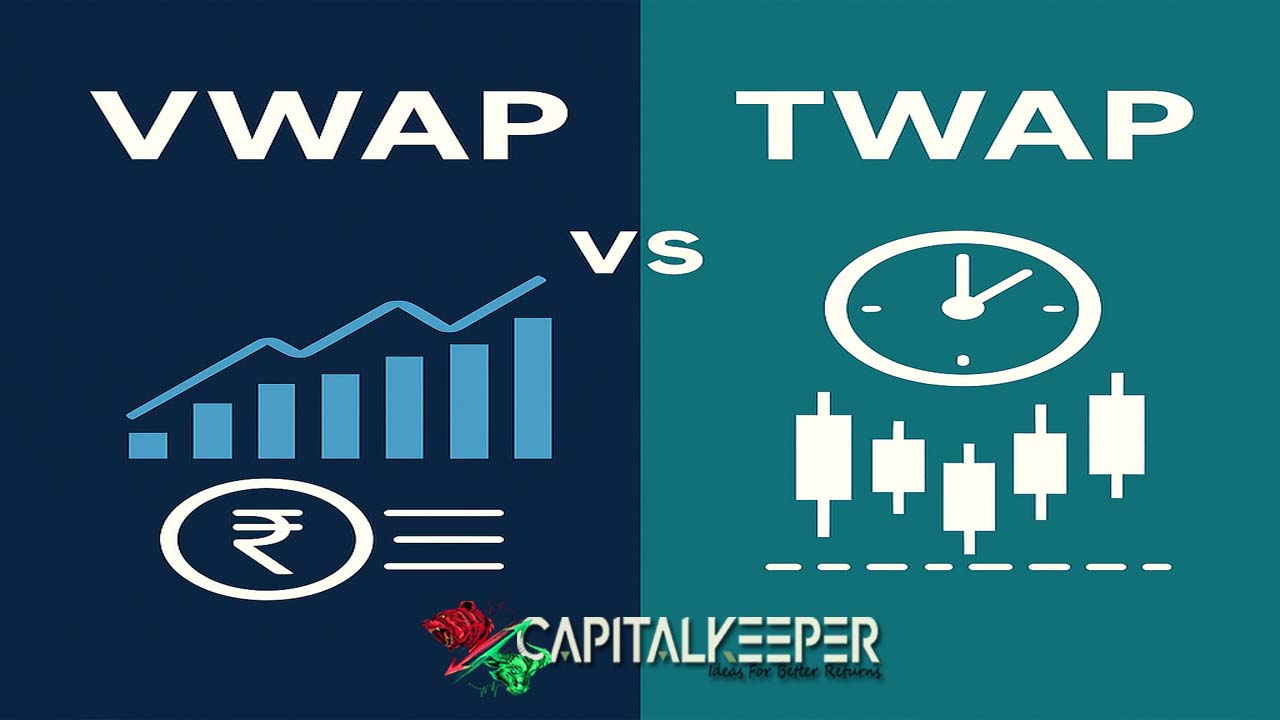



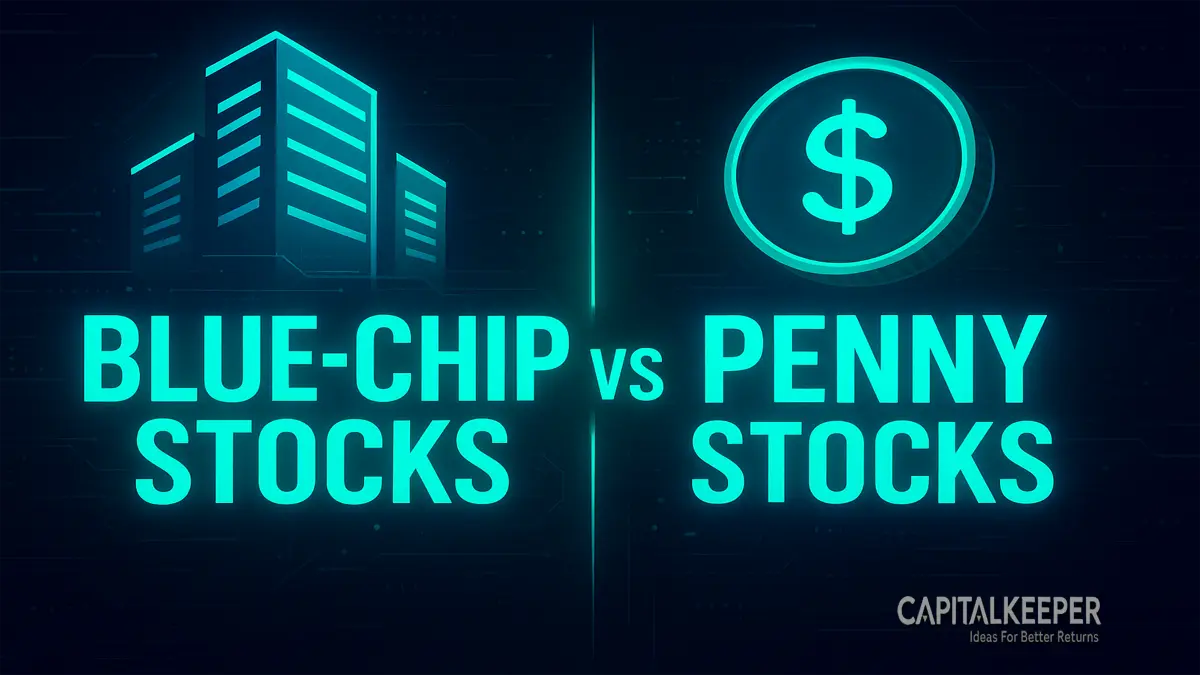


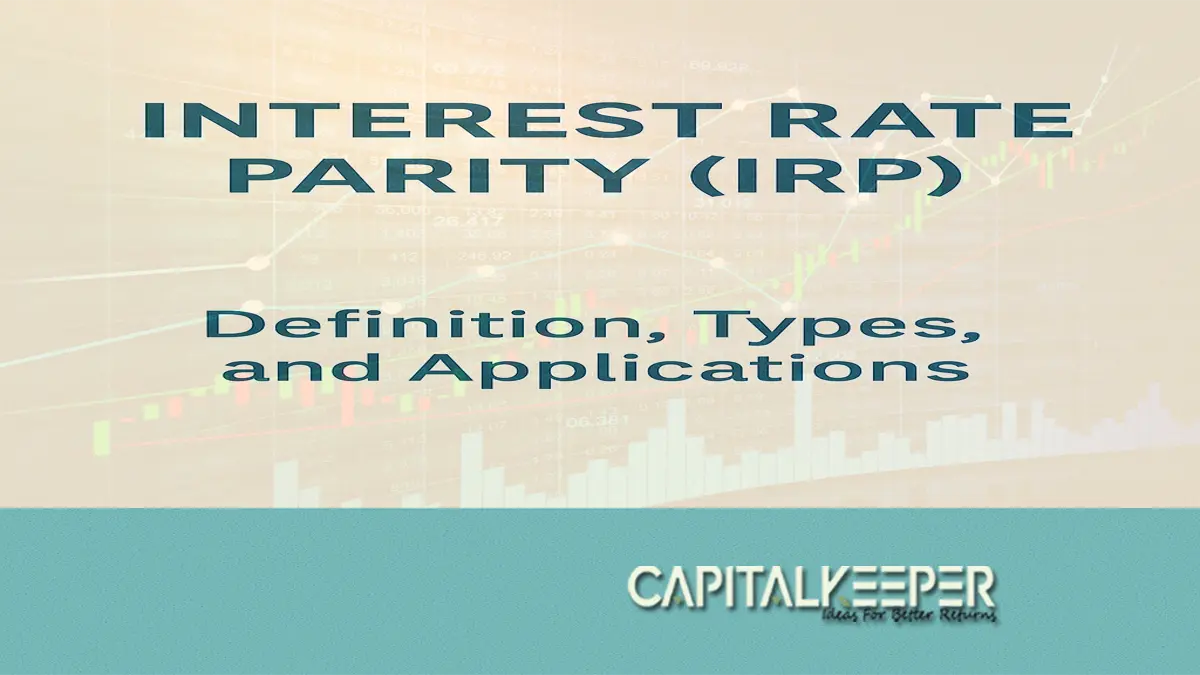
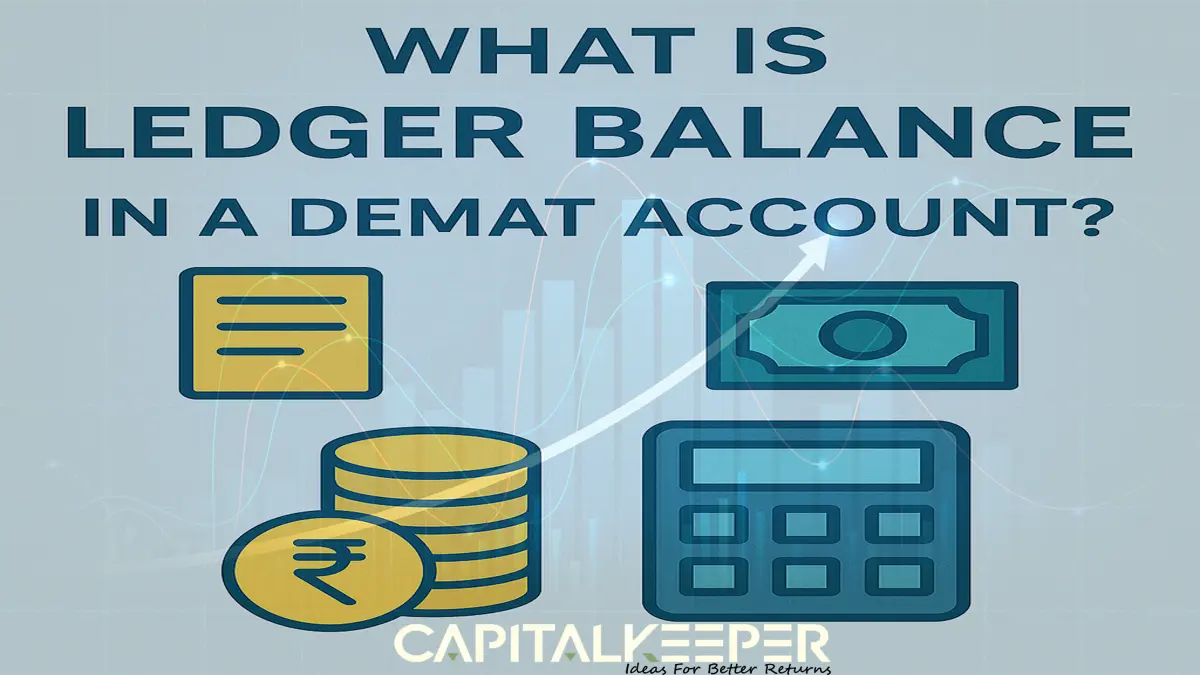

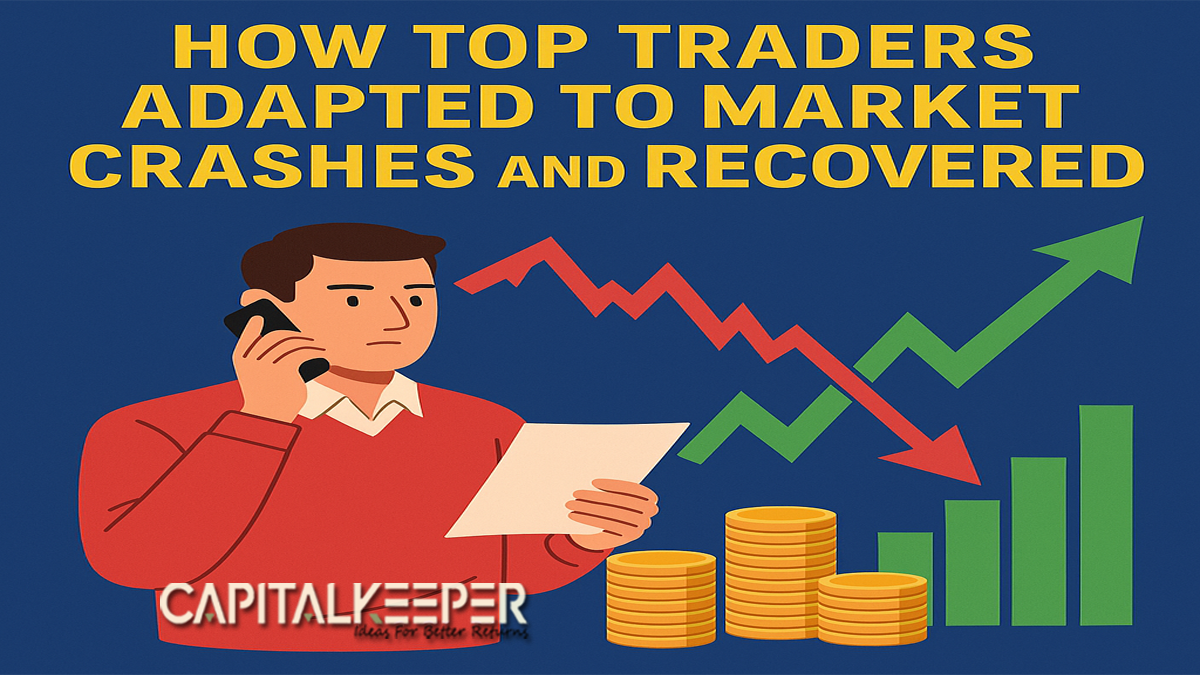

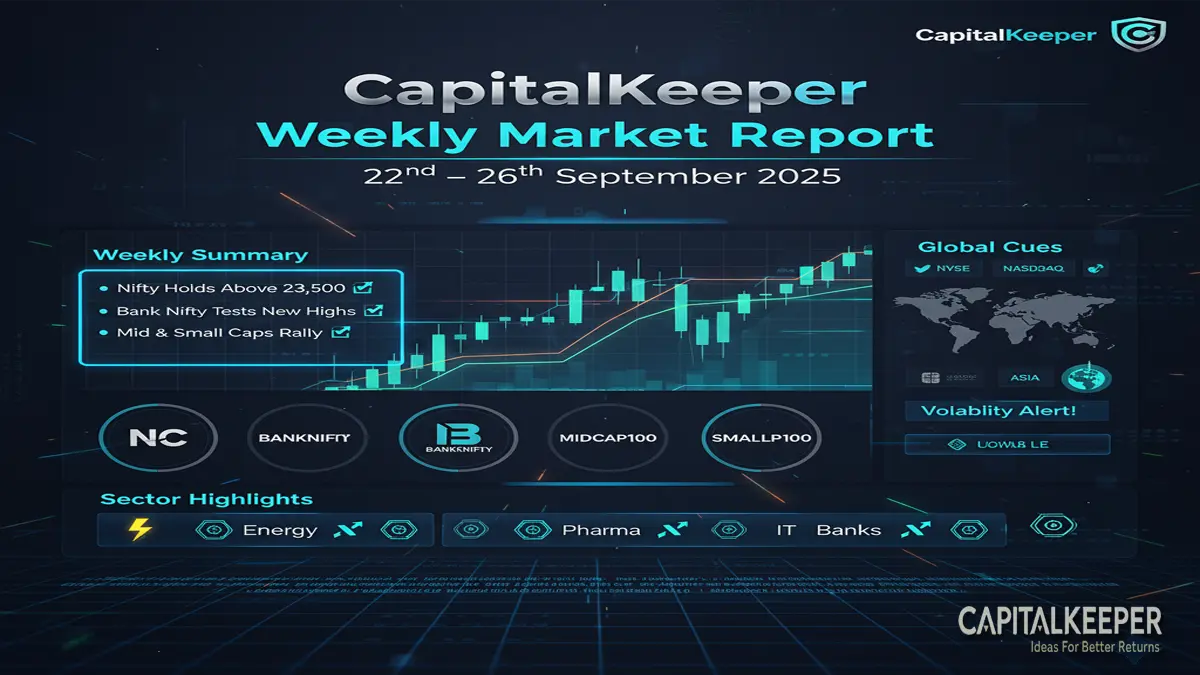
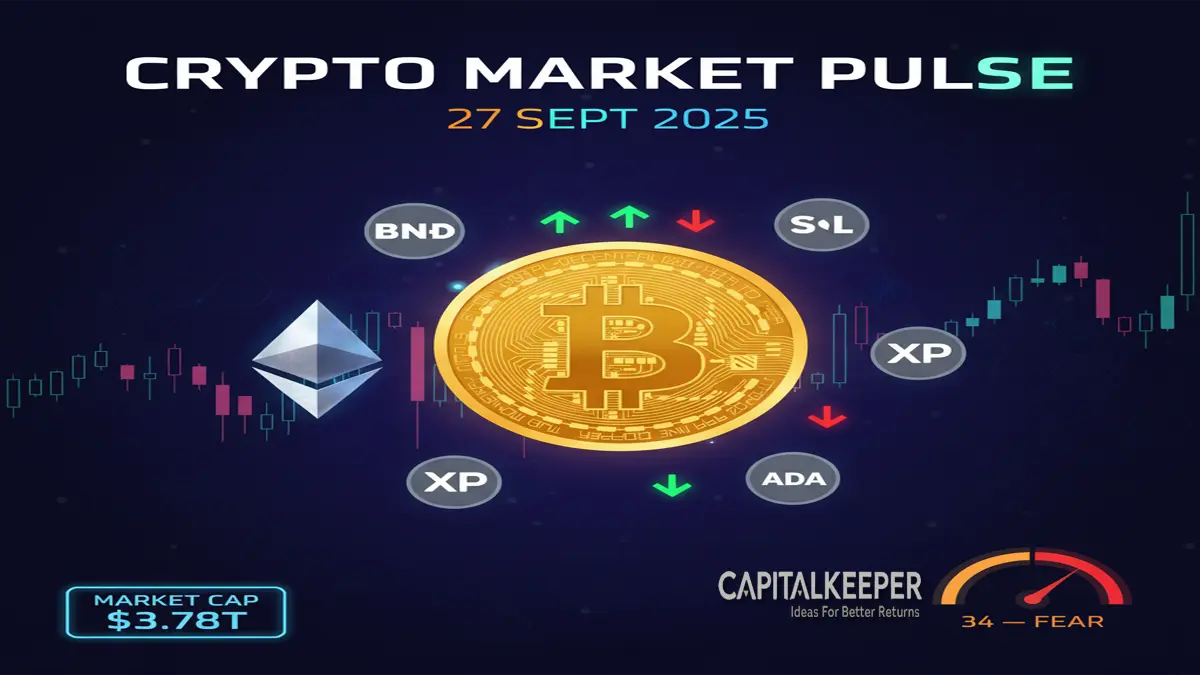
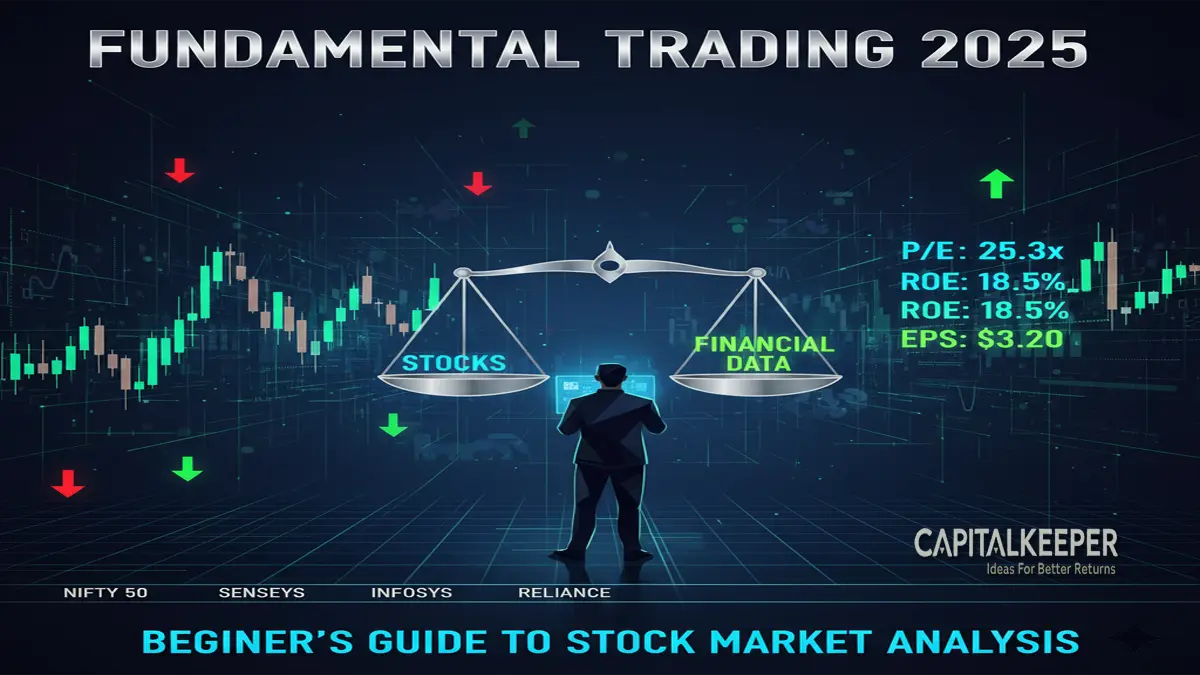

Leave a Reply